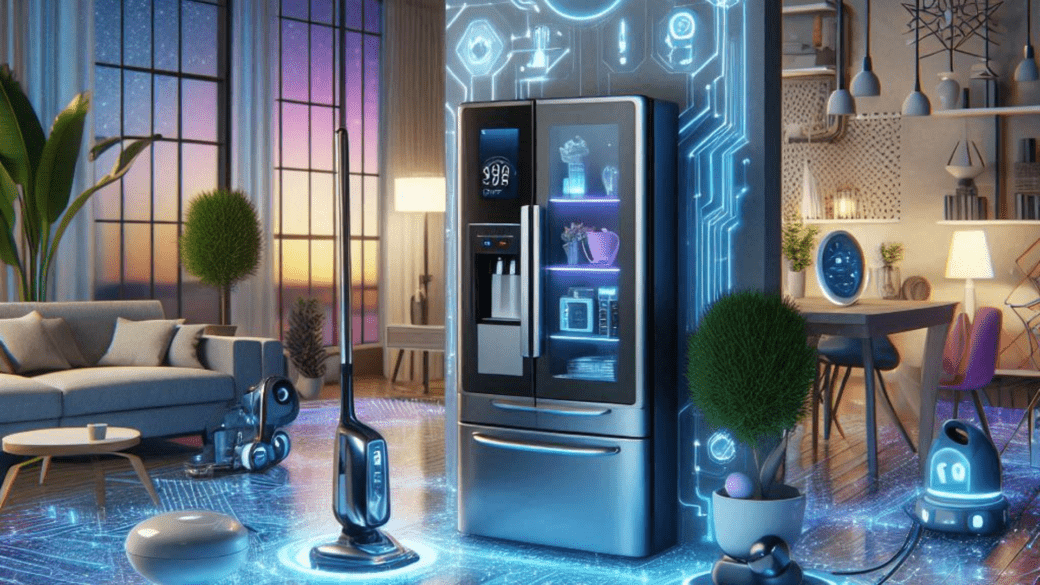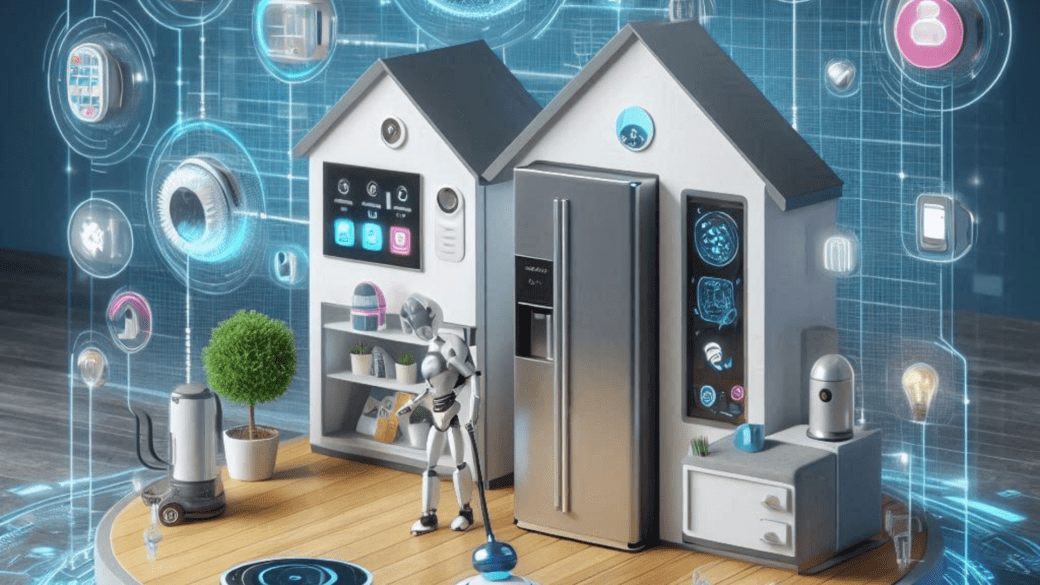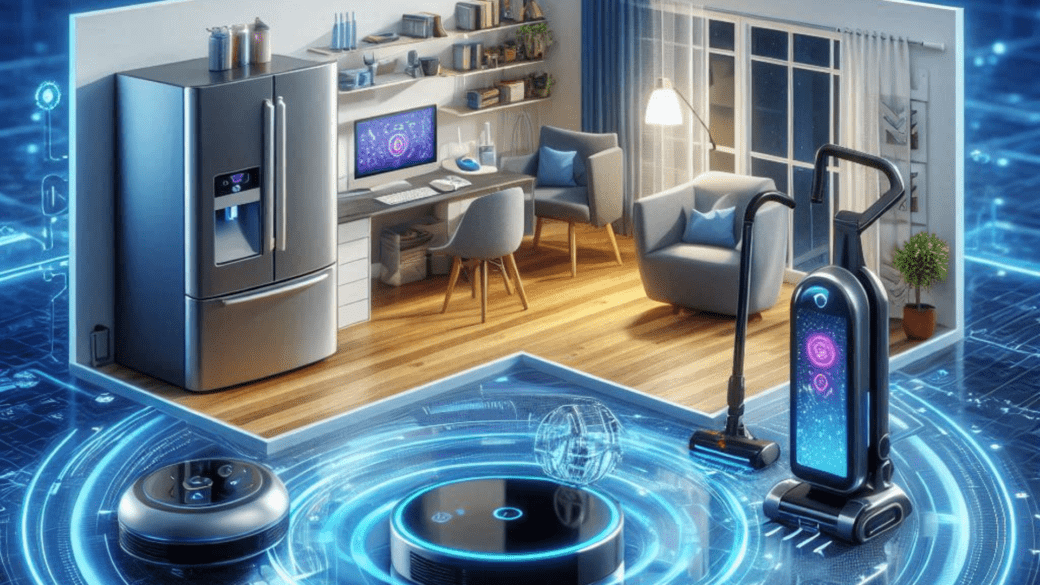The Internet of Things IoT is revolutionizing the way we live, bringing smart technology into our homes. But what exactly is IoT, and why is it so important for modern homes? Simply put, IoT refers to a network of connected devices that can communicate with each other and the internet to automate processes and offer convenience, security, and efficiency. From smart thermostats to voice-controlled lighting, IoT is making our homes more intelligent and adaptable than ever before.
What is Internet of Things?
At its core, IoT is all about connecting everyday objects to the internet and enabling them to communicate. These devices can range from your refrigerator to your home security system. The goal is to create a smart home where everything is automated, controlled remotely, and, most importantly, makes life easier.
Benefits of Internet of Things in Homes
There are countless reasons why IoT is a game-changer for home living. Here are a few of the major benefits:
- Energy Efficiency: Smart devices like thermostats and lighting systems can optimize energy use, helping you cut down on electricity bills.
- Convenience and Automation: Imagine controlling your lights, temperature, and even your coffee maker all from your smartphone or by voice command.
- Security: IoT offers enhanced home security with smart locks, cameras, and alarms that can be monitored from anywhere.

How IoT is Making Everyday Life Easy.
Popular IoT Devices for Homes
Wondering what types of IoT devices can transform your home? Here are some of the most popular options:
- Smart Thermostats: Devices like Nest or Eco bee learn your temperature preferences and adjust your home’s climate to maximize comfort and energy savings.
- Smart Lighting Systems: These allow you to control your lights from an app, schedule them to turn on/off at specific times, or adjust brightness based on natural light.
- Smart Security Cameras: You can monitor your home remotely with live feeds, motion detection alerts, and cloud storage for footage.
How to Set Up a Smart Home with Internet of Things
Ready to start your smart home journey? Here’s how you can set it up:
- Get a Stable Internet Connection: IoT devices rely heavily on your Wi-Fi, so make sure you have a strong and secure connection.
- Choose Your Devices: Start small—pick a few smart devices that meet your needs, like a thermostat or smart speaker.
- Download the Right Apps: Each device will have its own app that lets you control settings and manage connections.
- Integrate Devices: Ensure all your devices are compatible and connect them through a central hub, like a smart speaker or dedicated smart home system.

Integrating IoT with Voice Assistants
A smart home gets even smarter when integrated with voice assistants like Amazon Alexa or Google Home. For example:
- You can ask Alexa to turn off the lights or start your coffee maker with just your voice.
- Google Home can control your thermostat, adjust lighting, and even read you the news while you’re getting ready in the morning.
How Algorithm Work, What Magic Happened Inside?
IoT for Energy Efficiency
One of the biggest benefits of IoT in homes is the potential for energy savings. Smart thermostats, for instance, can adjust heating and cooling based on your schedule or even learn your preferences over time. These devices help prevent unnecessary energy use by turning off when you’re not home.
IoT in Home Security
Home security has never been more accessible thanks to IoT. Smart locks, video doorbells, and security cameras give you real-time control and monitoring of your home’s safety. Whether you’re in another room or across the country, you can check on your home with a tap on your phone.
Entertainment with Internet of Things
IoT can make your entertainment system more fun and seamless. Smart TVs, speakers, and streaming devices can all be controlled through apps or voice commands, making it easier to switch between streaming services or control the volume from the other side of the room.
IoT for Health and Wellness
IoT also extends into health and wellness. Devices like smart scales, wearables (like Fitbits), and air quality monitors help track your health metrics and ensure your living space is comfortable and safe.

Challenges of Using Internet of Things in Homes
Despite the advantages, IoT isn’t without its challenges. Some concerns include:
- Security and Privacy: With more devices connected to your home network, there’s a higher risk of hacking. It’s essential to secure your devices with strong passwords and regular updates.
- Compatibility: Not all devices work well together, and you may run into issues when trying to integrate different brands into one system.
The Future of Internet of Things in Homes
As IoT technology continues to evolve, expect more seamless integration and smarter systems. New technologies like AI and machine learning are being incorporated into IoT devices, making them even more intuitive.
What is Machine Learning? :understand in simple way.
How to Secure Your IoT Devices
To keep your IoT devices secure, follow these steps:
- Change Default Passwords: Always set strong, unique passwords for each device.
- Use Two-Factor Authentication: If available, enable two-factor authentication on your accounts.
- Keep Devices Updated: Regular software updates fix vulnerabilities and enhance security.

Cost Considerations for IoT in Homes
While IoT devices may seem expensive at first, they often pay for themselves in long-term savings. From lower energy bills to reduced insurance costs for home security systems, IoT can be a worthwhile investment.
Conclusion
IoT is transforming homes by making them smarter, more efficient, and secure. With a wide range of devices available, there’s something for every home and budget. While there are some challenges, the benefits of IoT far outweigh the risks, offering an exciting future for home automation.
FAQs
- What is IoT in simple terms?
IoT stands for the Internet of Things, which is a network of interconnected devices that communicate and automate tasks. - Can IoT save me money on my energy bills?
Yes, smart devices like thermostats and lighting can help reduce energy consumption, lowering your bills. - Are IoT devices safe?
With proper security measures, such as strong passwords and software updates, IoT devices can be secure. - Do all IoT devices work together?
Not always. It’s important to check compatibility between different brands and devices. - What is the future of IoT in homes?
The future looks bright with advancements in AI and machine learning, making smart homes even smarter.
